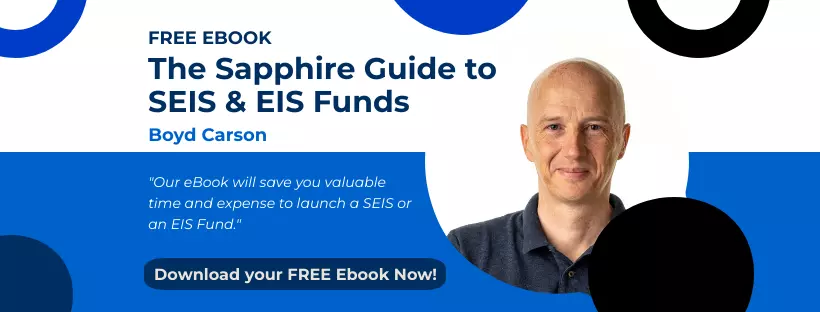
We are often asked which companies qualify for SEIS. Below is a brief summary of the requirements.
Each Company must initially (i.e. at the time of issue of the shares) not be listed on a recognised stock exchange (as defined for the purposes of SEIS Relief) and there must be no “arrangements” in place for it to become so listed. In addition, throughout the three year SEIS period, it must not be a subsidiary of, or be controlled by, another company. It must either exist to carry on a qualifying trade or else be the parent company of a trading group and there must be no “arrangements” in existence for the Company to become a subsidiary of, or be controlled by, another company.A trading group is a group in which, directly or indirectly, more than 50% of the shares of each subsidiary are held by another member of the group, but any subsidiary employing any of the money raised by the issue of shares must be a qualifying 90% subsidiary. Non-qualifying business activities (broadly, investment activities and non-qualifying trades) must not comprise a substantial part of the business of the group as a whole. The qualifying business activity for which the money is raised by the issue of shares must be a trade conducted on a commercial basis and with a view to the realisation of profit.
Although it is possible for qualifying activities to be carried on anywhere in the world, the company that issues the shares must have a “permanent establishment” (broadly, a taxable presence) in the United Kingdom.
For SEIS purposes, the value of the gross assets of the Company and any subsidiaries must not exceed £200,000 immediately before the issue of shares. Subject to certain exceptions, the maximum SEIS fundraising per Company is restricted to an all-time maximum of £150,000 and the maximum number of full-time employees (or full-time equivalent) in the Company at the time of investment is restricted to fewer than 25.
It is not possible for a company to qualify for SEIS relief if it has previously issued shares on which EIS Relief has been claimed, or has issued shares to, or received an investment from, a venture capital trust. If a company issues shares on which SEIS Relief is claimed, it is possible for it to issue subsequent shares on which EIS Relief may be claimed.
Most types of trades are qualifying trades for SEIS purposes but the following are excluded:
- Dealing in land, commodities or futures, or in shares, securities or other financial instruments;
- dealing in goods otherwise than in the course of an ordinary trade of wholesale or retail distribution, or acting as a wholesaler or retailer of goods of a kind which are collected or held as investments if stock is not actively sold;
- banking, insurance, money lending, debt factoring;
- hire purchase financing or other financial activities;
- leasing, except certain lettings of ships, or receiving royalties or licence fees (subject to certain exceptions, most particularly in relation to self-generated intellectual property);
- providing legal or accountancy services;
- farming and market gardening;
- holding, managing or occupying woodlands or forestry or timber production;
- property development;
- shipbuilding;
- producing coal and/or steel;
- operating or managing hotels or similar establishments;
- operating or managing nursing homes and residential care homes;
- generation or export of electricity or power;
- production of gas or fuel; and
- providing services to a trade consisting of any of the above carried on by a “connected person.”
The trade of the company must generally be less than two years old at the time of the investment. Companies “in difficulty” cannot receive SEIS investment. In practice, HMRC accept that a company will not be treated as “in difficulty” within three years of its formation or if it is able to raise funds from existing shareholders or the market.
Shares only qualify for SEIS Relief if they are ordinary shares which do not, at any time during the three year SEIS period, carry any present or future preferential right to dividends (other than to certain fixed rate non-cumulative dividends) or to an Company’s assets on its winding up, or any present or future right to be redeemed.
An investor can obtain SEIS income tax relief only in the tax year in which investments in qualifying SEIS companies are made, or in the immediately preceding tax year.
Please note that this is only a condensed summary of the taxation legislation and should not be construed as constituting advice which a potential investor and / or company should obtain from their own investment or taxation adviser. The value of any tax reliefs will depend on the individual circumstances.
We hope you find the above useful. As always the devil is in the detail so please contact us if you need any clarification. All our contact details are on our team web page.
Sapphire Capital Partners LLP is authorised and regulated by the Financial Conduct Authority to conduct investment business.



